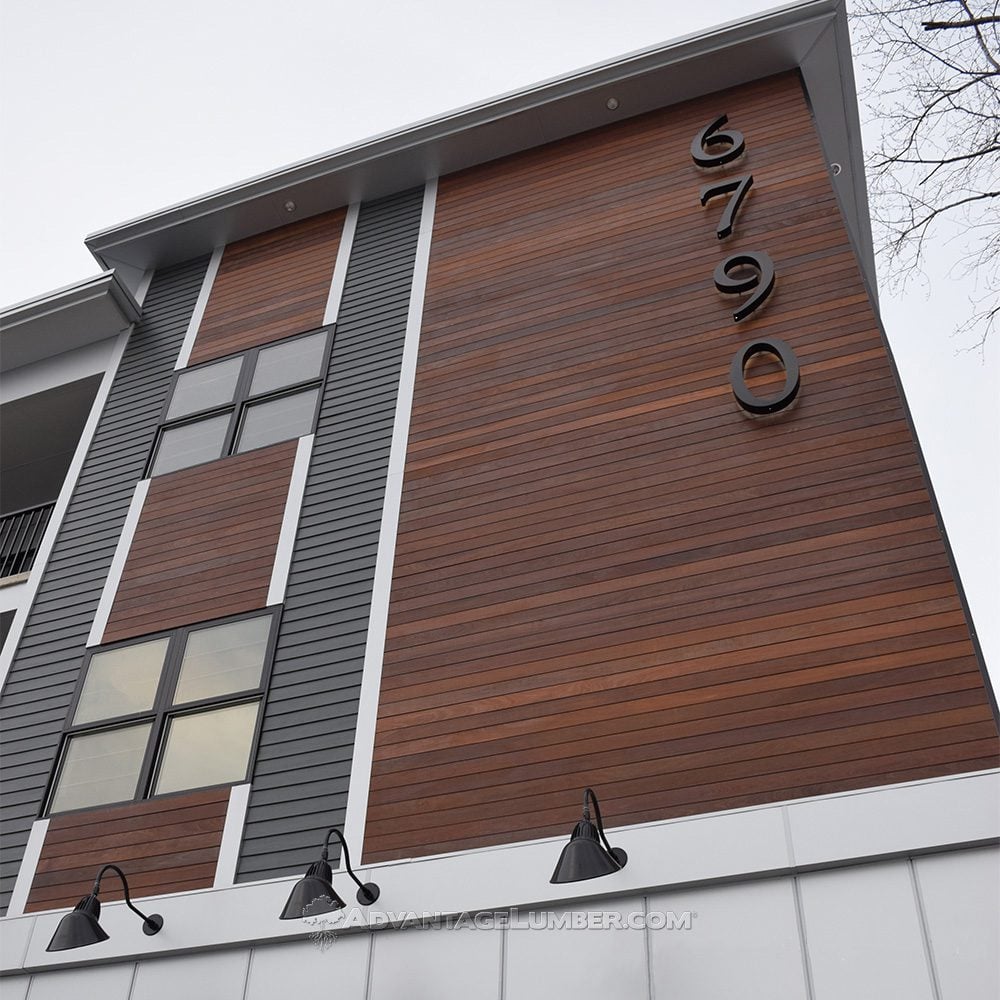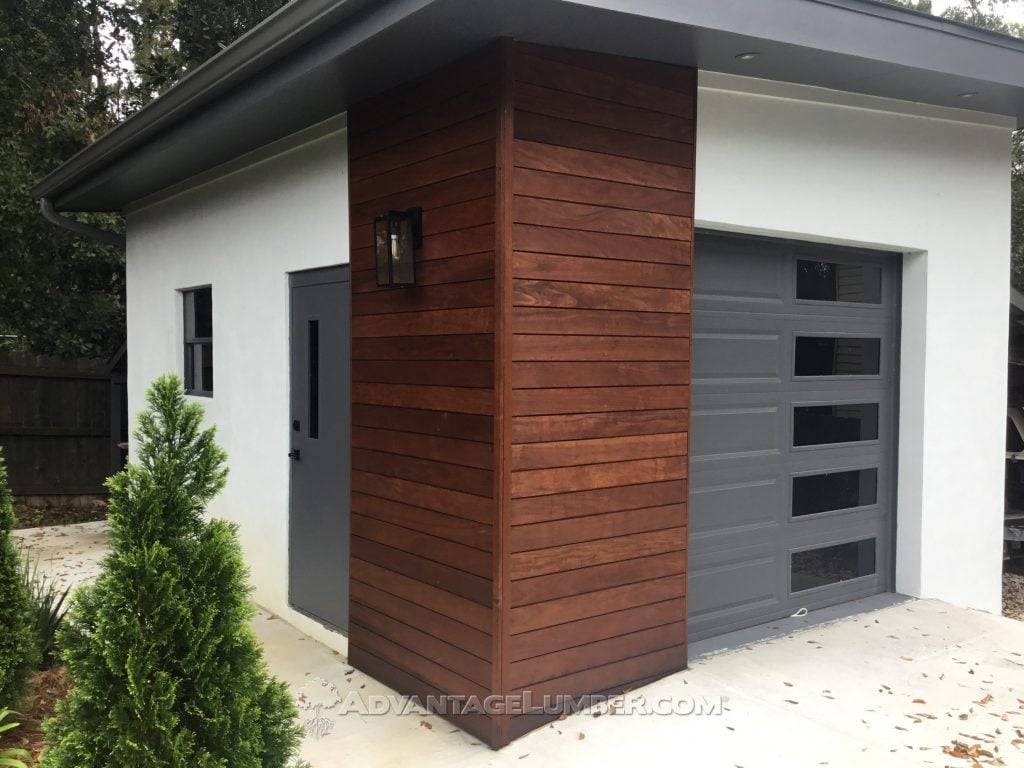In recent years, the use of vertical wood siding has seen a significant surge in popularity. As homeowners and architects seek to create visually striking exteriors, vertical wood siding has emerged as a versatile and aesthetically pleasing option.
This trend isn’t just about embracing a new look; it’s about blending tradition with modern design to enhance the curb appeal and character of homes.
Why Vertical Wood Siding?
Vertical wood siding offers a refreshing departure from the conventional horizontal layouts that have dominated residential architecture for decades. Here are some reasons why it’s becoming a favorite choice:
- Unique Visual Appeal: Vertical siding stands out immediately, creating an eye-catching contrast against other siding orientations. This unique look can help accentuate architectural features, adding depth and dimension to the home’s exterior.
- Modern and Rustic Fusion: One of the key strengths of vertical wood siding is its ability to bridge modern and rustic aesthetics. Whether it’s a sleek, contemporary design or a charming, countryside look, vertical siding can be tailored to fit various styles.
- Accentuating Features: Vertical wood siding is often used as an accent to highlight specific parts of a home, such as gables, entryways, or even entire walls. This strategic use breaks up the monotony of horizontal lines, creating focal points that draw the eye.
- Perceived Height and Grandeur: The vertical orientation naturally draws the eye upward, giving the illusion of greater height and grandeur. This effect can be particularly beneficial for homes with lower profiles, helping them appear taller and more imposing.
- Versatility in Materials and Finishes: From cedar and redwood to more exotic hardwoods, the options for vertical wood siding are extensive. These materials can be finished in a variety of ways, from natural stains that highlight the wood’s grain to painted finishes that add bold or subtle colors to the exterior palette.
Popular Wood Choices for Vertical Siding
When it comes to selecting the perfect wood for vertical siding, the following options have become increasingly popular due to their beauty, durability, and unique characteristics:
Cumaru
Known for its rich tones and exceptional hardness, Cumaru is a highly durable option that can withstand harsh weather conditions. Its striking grain patterns make it a standout choice for adding visual interest.

Ipe
Ipe is celebrated for its incredible density and longevity. Often used in decking, Ipe’s natural resistance to decay and insects makes it an excellent choice for vertical siding, ensuring a long-lasting, low-maintenance exterior.

Tigerwood
As the name suggests, Tigerwood features dramatic, dark stripes that resemble tiger stripes. This exotic hardwood offers both visual appeal and durability, making it a unique option for those looking to make a bold statement.

Garapa
Also known as Brazilian Ash, Garapa offers a lighter, golden hue that can brighten up a home’s exterior. Its smooth texture and durability make it a versatile choice for various architectural styles.

Brazilian Redwood
This hardwood is prized for its deep, rich red color and high resistance to decay. Brazilian Redwood’s natural beauty and strength make it an excellent choice for creating a luxurious and lasting exterior.

Mahogany Red Balau
Known for its reddish-brown color and fine grain, Mahogany Red Balau offers a sophisticated and timeless look. Its durability and resistance to the elements make it a reliable choice for vertical siding.

Thermally Modified Ash
The process starts by using domestically and responsibly sourced wood which is thermally modified using only heat and steam. The result is a high-quality, performance-driven material, which sustains the natural beauty and design element of wood all without the use of harsh chemicals.

Benefits Beyond Aesthetics
While the visual appeal of vertical wood siding is undeniable, its benefits extend beyond just looks:
Enhanced Durability: Properly installed vertical siding can offer superior moisture management. Water tends to run down the vertical grooves more efficiently, reducing the risk of water infiltration and rot compared to horizontal siding.
Ease of Maintenance: Depending on the type of wood and finish used, vertical wood siding can be relatively easy to maintain. Routine inspections and timely maintenance can ensure the siding retains its beauty and longevity.
Energy Saving: Building a house with wood siding offers significant thermal benefits, contributing to energy efficiency and indoor comfort. Wood is a natural insulator, possessing low thermal conductivity, which means it effectively reduces heat transfer between the exterior and interior of the home.
This insulating property helps maintain a stable indoor temperature, reducing the reliance on heating and cooling systems and, consequently, lowering energy costs. Additionally, wood siding can provide a buffer against temperature extremes, keeping the house cooler in summer and warmer in winter.
The natural thermal properties of wood, combined with proper installation and maintenance, make it an excellent choice for enhancing the energy efficiency and environmental sustainability of a home.
Integrating Vertical Wood Siding into Your Home Design
If you’re considering incorporating vertical wood siding into your home’s design, here are a few tips to maximize its impact:
- Start Small: If you’re hesitant about making a big change, consider using vertical wood siding on a smaller area first. Accents around entryways or specific architectural features can provide a taste of the look without committing to a full exterior overhaul.
- Mix and Match: Combine vertical wood siding with other materials, such as stone, brick, or traditional horizontal siding. This mix-and-match approach can create a balanced and harmonious exterior design.
- Choose the Right Wood and Finish: Work with a knowledgeable contractor or designer to select the best wood species and finish for your climate and aesthetic preferences. This choice will impact both the longevity and appearance of your siding.
- Professional Installation: Ensure that your vertical wood siding is installed by professionals who understand the nuances of working with wood. Proper installation is crucial for maximizing the benefits and longevity of your siding.
Conclusion
Vertical wood siding is more than just a trend; it’s a testament to the evolving landscape of home design. Its ability to combine beauty, functionality, and versatility makes it an excellent choice for homeowners looking to elevate their home’s exterior. Whether used as a subtle accent or a bold statement, vertical wood siding can transform the look and feel of any home, adding a timeless charm that stands out in the neighborhood.
